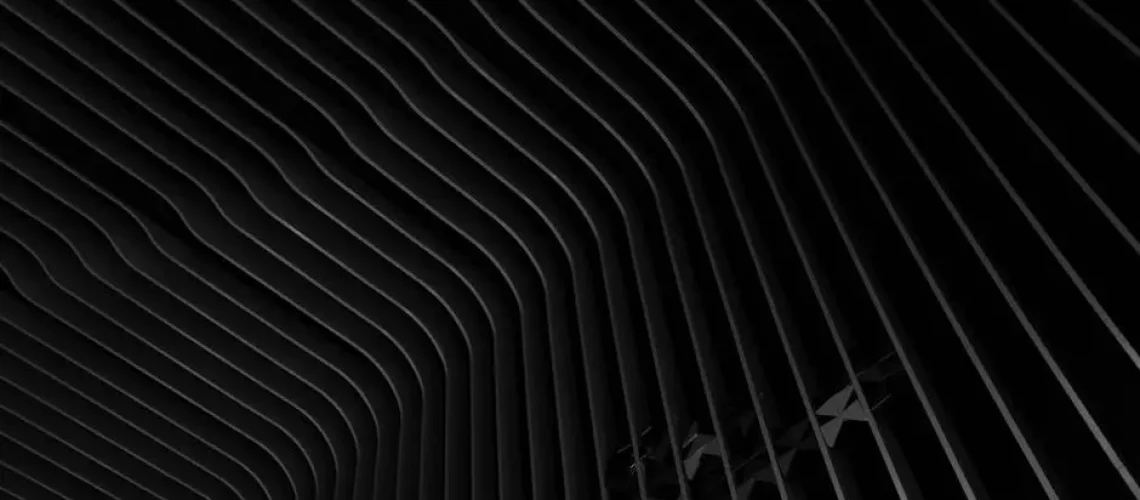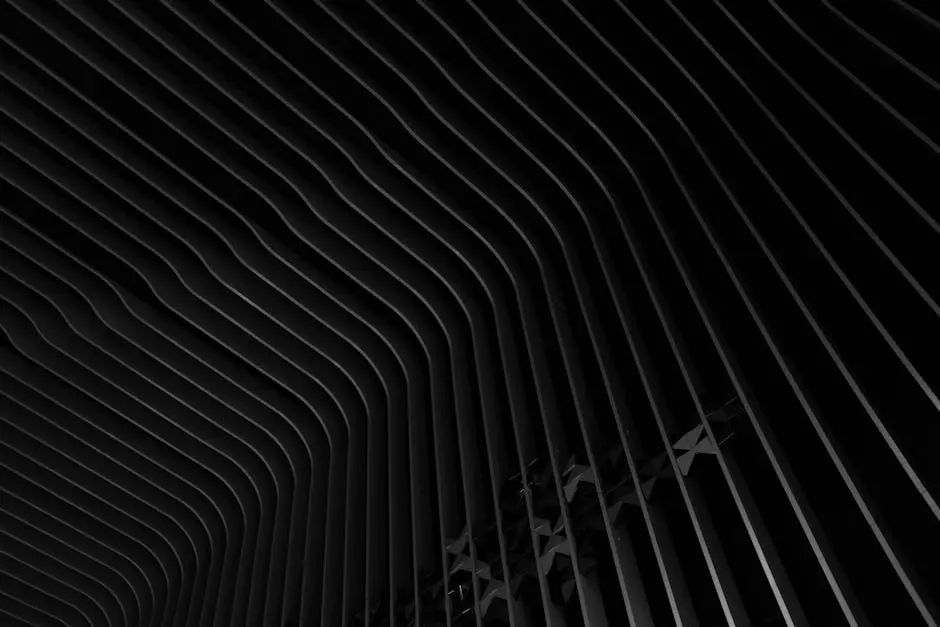Designing metallic labels can be a striking way to make a product stand out, adding a touch of sophistication and elegance. In this guide, we’ll explore creative tips to ensure your metallic labels not only captivate attention but also communicate your brand effectively.
1. Choosing the Right Metallic Finish
The first step in designing a metallic label is selecting the type of metallic finish that suits your brand. Options like foils, metallic inks, and films offer different aesthetics and can significantly affect the final look of your label. Selecting the right finish not only improves visual appeal but also ensures it harmonizes with your product’s overall design. For example, metallic foils can add a luxurious touch, ideal for high-end products, while metallic inks can be used to create subtle sheen on labels, suitable for a minimalist approach.
Consider how the finish will interact with other elements in your label. A glossy metallic surface can catch light beautifully, while a matte metallic finish might offer a more subdued, yet sophisticated look. Additionally, think about the conditions your labels will face in the real world. A durable metallic film might be perfect for products that need to withstand moisture or frequent handling.
2. Leveraging Color Contrast
When working with metallic elements, color contrast is crucial. Using complementary colors can make the metallic accents pop, drawing attention to important information and design elements. The interplay between bright metallic hues and darker backgrounds can deliver an eye-catching effect, compelling customers to notice your product on a crowded shelf.
It’s important to keep in mind that some colors can overpower metallic tones if not carefully chosen. Experiment with various combinations until you find a palette that enhances the metallic features without overshadowing them. Consider using a color wheel to select contrasting colors that naturally enhance metallics.
3. Incorporating Textures for Depth
Integrating textures into your metallic label design can add depth and interest. Consider using embossing or debossing techniques to create tactile experiences that enhance your overall design. This not only provides an extra layer of engagement for the consumer but also elevates the perceived quality of the product.
Another approach is to incorporate patterns that play with light and shadow on the metallic surface. Subtle textures like linen or waves can catch the light in different ways, making your label visually dynamic and constantly intriguing from various angles.
4. Balancing Simplicity and Detail
Striking a balance between simplicity and intricate detail is key. Simple designs with thoughtfully placed metallic elements can create an elegant and modern look without overwhelming the viewer. A minimalist layout with a focal metallic element can emphasize key brand messages and logos effectively, making sure your design communicates its intent clearly.
However, it’s essential to ensure that your simple design does not look unfinished. Use fine details sparingly to accentuate the metallic features, creating a seamless blend of simple yet sophisticated. This will help maintain the design’s focus while adding an element of intrigue to attract consumer curiosity.
5. Ensuring Readability
High readability is essential for effective communication. Choose fonts and sizes that ensure the text is legible against the metallic background, and consider how lighting might affect readability at different angles. Matte finishes can enhance text readability in bright lighting, whereas gloss might look more appealing in controlled environments.
Try to avoid overly intricate fonts that can be difficult to read on reflective surfaces. Additionally, testing under various lighting conditions can prevent unexpected surprises, making certain your message remains clear and compelling, no matter where your product is displayed.
6. Experimenting with Shapes
Metallic labels don’t have to be confined to traditional shapes. Explore different die-cut shapes to add a unique flair that stands out on shelves and conveys the creativity of your brand. Die-cuts can help your product communicate fun, elegance, or innovation, depending on the shapes chosen.
Choose shapes that enhance your product’s use or theme. A beverage label, for example, could use a shape that mimics a drop of liquid, while a container for a luxury item might benefit from an elegant, elongated form that exudes sophistication and style.
7. Using Negative Space Wisely
Negative space can be a powerful tool in design. In metallic labels, it helps create a clean, striking appearance by allowing the metallic elements to shine without clutter. This design principle can also subtly guide the viewer’s eye to important details on the label, such as brand names or key information.
When using negative space, ensure that it’s not perceived as empty or unfinished. The key is to find a harmonious balance where the empty areas complement the metallic features, adding contrast and clarity to your overall label presentation.
8. Adapting to Brand Identity
Your metallic labels should always reflect your brand’s identity. Ensure all design elements align with your brand’s color scheme, style, and overall message for consistency across marketing channels. A strong visual identity helps consumers immediately recognize your products, reinforcing brand loyalty.
Consider integrating iconic brand elements such as logos or slogans into your design in creative ways, where metallic accents can highlight these features, adding prestige or highlight to your brand’s story.
9. Exploring Different Printing Techniques
Different printing techniques can yield diverse results. Digital and offset printing each have unique advantages, so experiment to see which best achieves the desired effect for your metallic labels. Digital printing is perfect for smaller batches and allows for easy adjustments, whereas offset printing offers precision and economies of scale for larger runs.
Also, take into account how different techniques interact with metallic finishes. Some might enhance the finish’s shimmer, while others work better for intricate designs. Testing various methods ensures you choose the right one for producing high-quality results tailored to your needs.
10. Protective Coatings for Longevity
Consider applying protective coatings to your labels to enhance durability. Coatings can help safeguard against scratches and fading, ensuring your labels maintain their allure over time. Such coatings can be glossy for extra shine or matte if you prefer a non-reflective look.
Depending on where and how your products will be stored or displayed, selecting the right coating can protect your labels from UV rays, smudging, and moisture, extending the life and attractiveness of your products.
11. Sustainability in Metallic Label Design
Incorporating sustainable materials and methods in your metallic label design can reduce environmental impact while appealing to eco-conscious consumers. Look for recyclable materials and eco-friendly printing options. Sustainability can be a strong selling point, reflecting a brand’s commitment to environmental responsibility.
Research shows that consumers increasingly prefer brands with sustainable practices. By using eco-friendly materials and techniques, not only do you protect the environment, but you also align your brand with the growing demand for green products.
12. Testing Before Large Scale Production
Finally, always test your design on a small scale before committing to large production runs. This helps identify potential issues and allows for adjustments, ensuring the final product meets your expectations perfectly. Testing is an invaluable step to avoid costly mistakes and guarantees that every detail has been fine-tuned for production.
Consider seeking feedback from focus groups or select customers. Consumer insight at this stage could reveal perspectives or concerns you hadn’t considered, providing an opportunity for revision that could boost your label’s market performance.

